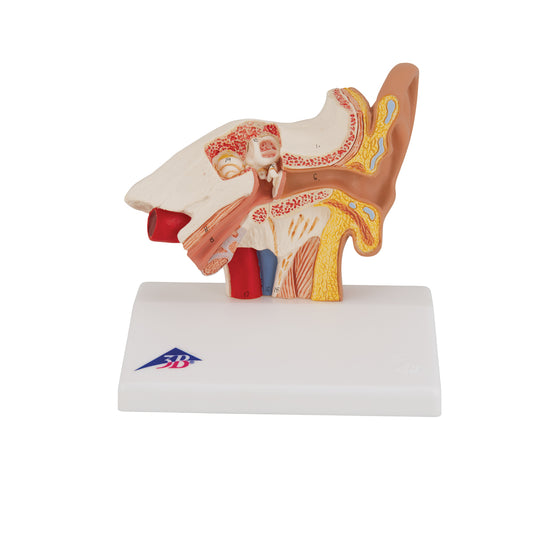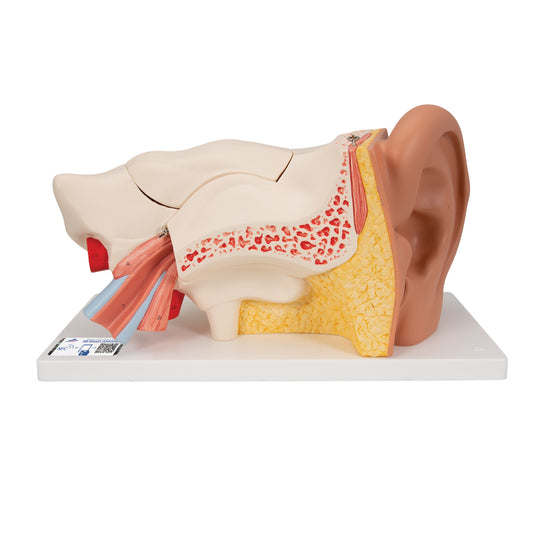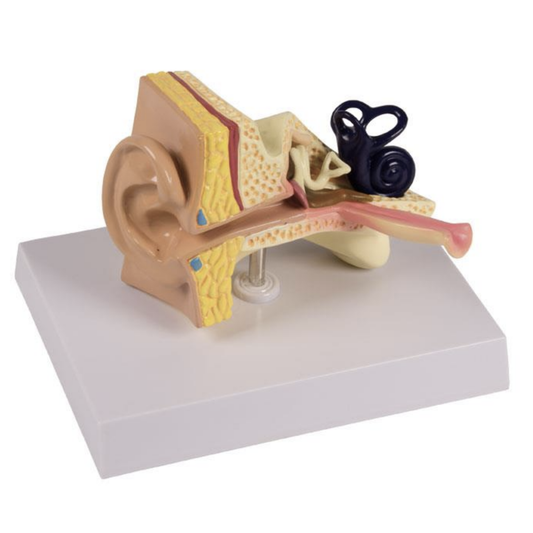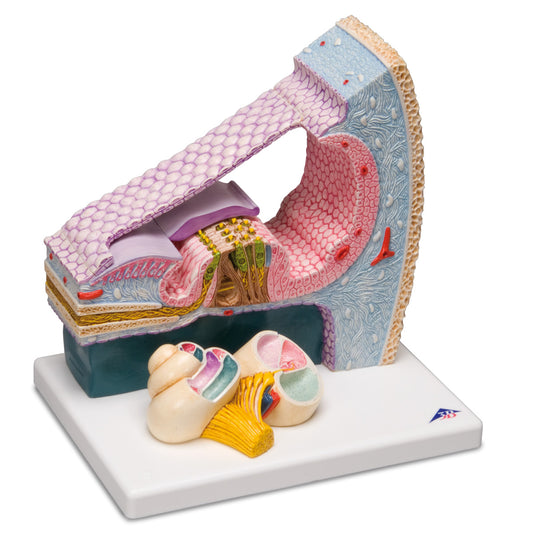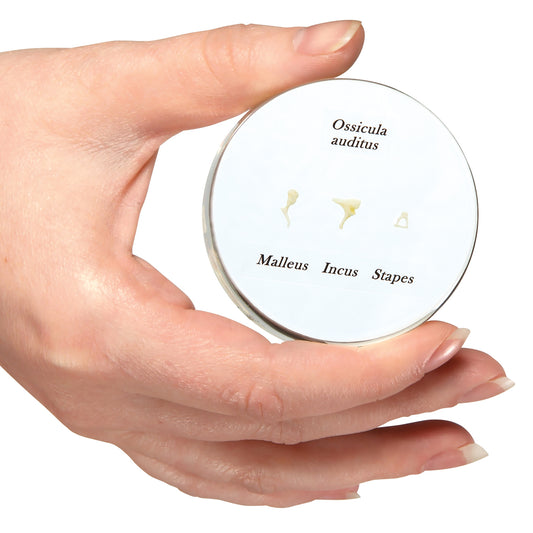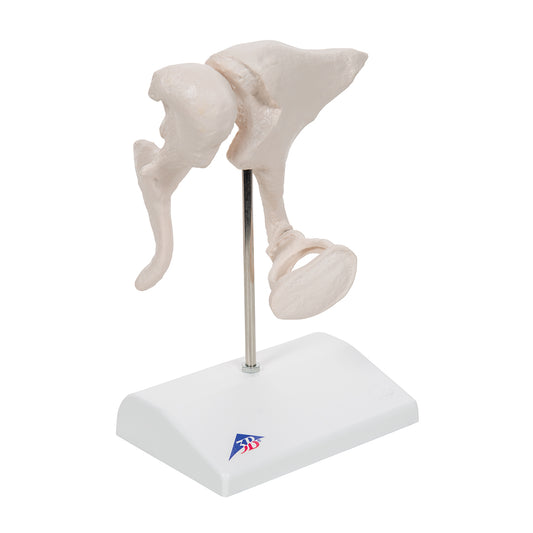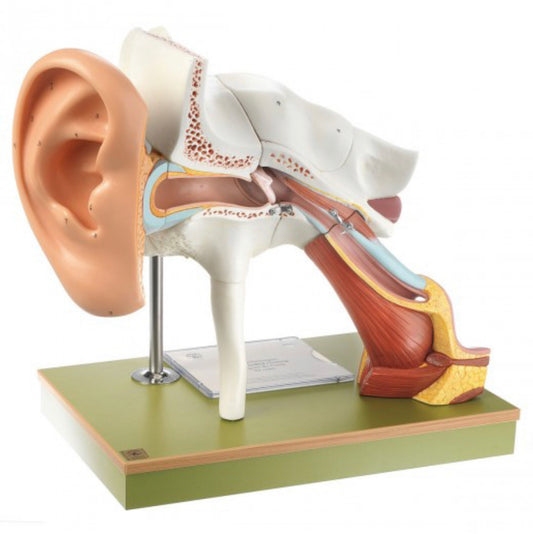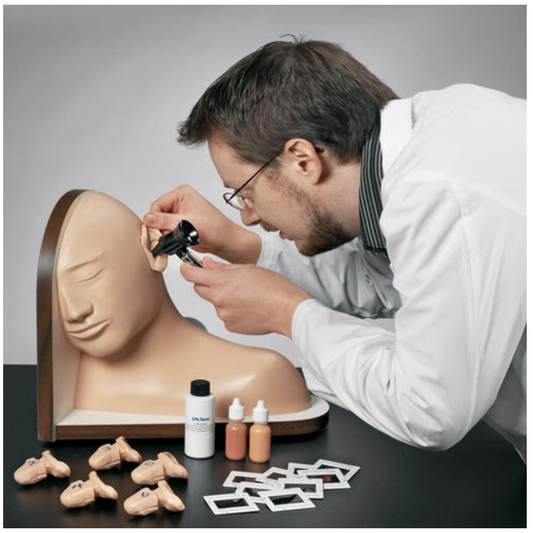Collection: Ear models
-
Classic ear model which has been enlarged
Regular price 750,00 DKKRegular priceUnit price / per -
Very enlarged and detailed ear model which can be separated into 4 parts
Regular price 495,00 DKKRegular priceUnit price / per975,00 DKKSale price 495,00 DKKSale -
Very enlarged and detailed ear model which can be separated into 4 parts
Regular price 1.495,00 DKKRegular priceUnit price / per -
Ear model 3 times enlarged - can be separated into 5 parts
Regular price 1.695,00 DKKRegular priceUnit price / per -
Ear model of a child's ear showing otitis media
Regular price 750,00 DKKRegular priceUnit price / per -
Detailed ear model that shows both the entire cochlea and a cross-section with three-dimensional details
Regular price 2.375,00 DKKRegular priceUnit price / per -
Life-size model of the 3 small bones of the middle ear
Regular price 450,00 DKKRegular priceUnit price / per1.025,00 DKKSale price 450,00 DKKSale -
20 x magnification of the bones in the middle ear (ossicula auditus)
Regular price 1.705,00 DKKRegular priceUnit price / per -
Enlarged ear model with auricula of the highest quality
Regular price 12.800,00 DKKRegular priceUnit price / per -
Simulator for training in ear examination
Regular price 14.975,00 DKKRegular priceUnit price / per
Collapsible content
Read more about the product category here
Anatomically, the ear includes many small and complex structures. With a model of the entire ear, one can study the outer ear (auricula) with the ear canal (meatus acusticus externus), the middle ear (cavum tympani) and the inner ear (auris interna/labyrinth), which contains the cochlea (cochlea) and the balance organ ( with the archways). In addition, a large or small part of the tuba auditoriva (the Eustachian tube) is seen, which communicates with the nasopharynx (upper part of the pharynx) and the location of the ear in the temporal bone (os temoporale).
The ear models also show details such as the eardrum (membrana tympani) and the 3 small bones of the middle ear (ossicula auditus, ossicula auditoria), which respectively called the hammer (malleus), the anvil (incus) and the stirrup (stapes).
The models also show some small muscles and blood vessels such as the internal carotid artery. The most detailed model of the entire ear is greatly enlarged and also shows details such as the oval window.
In the selection there is an ear model which only shows the 3 bones of the middle ear and a simulator for training in ear examination. In addition, there are 2 ear models which show the small anatomical structures in the cochlea, where sensory cells register oscillations which, via nerve connections, lead to sound perception in the brain. One model is a gigantic model of these structures - the other model is smaller and shows far more detail. The 2 models show a cross-section through the ductus cochlearis with the scala vestibuli and scala tympani respectively. over and under. Centrally, the membrana basilaris is seen, which is set into resonant oscillations in connection with hearing. These oscillations are registered by the complex system of sensory cells (the cortical organ/organum spiral) which is attached to the basilar membrane.
Both ear models of the cochlea show structures such as the membrana tectoria, membrana vestibularis (Reissner's membrane), cuniculus internus (the cortical tunnel), ligamentum spiral and cochlear nerve fibers. The model with the most detail of the structures in the cochlea also shows details such as ganglion spiral and many specific cell types such as Hensen cells, Claudius cells and Böttcher cells.
In these ear models (cochlear models/models of the cochlea), the cochlear nerve, which is the auditory nerve, can be seen. It is a component of the vestibulocochlear nerve (8th cranial nerve/cranial nerve which is also called the nerve of hearing and equilibrium). Nervus vestibularis (nerve of balance) is the second component of the 8th cranial nerve.

A window to a world of anatomy
Whatever you're looking for
Then we can procure or produce it. eAnatomi is more than just a retailer of existing products. We have our own development department, where we create unique and original products that are used for training, guidance and inspiration.

19 years of anatomy
A safe transaction
For 19 years I have been at the head of eAnatomi and sold anatomical models and posters to 'almost everyone' working with anatomy in Denmark and abroad. When you do business with eAnatomi, you do business with me and I personally guarantee a safe transaction.
Christian Birksø
Owner and founder of eAnatomi
Latest blog news
View all-

2 meter tall anatomy figures - we call it anato...
For more than a decade, eAnatomy has produced our own anatomical illustrations, performed by the best illustrators. Where most illustrations are used on classic printed media such as posters, selected...
2 meter tall anatomy figures - we call it anato...
For more than a decade, eAnatomy has produced our own anatomical illustrations, performed by the best illustrators. Where most illustrations are used on classic printed media such as posters, selected...
-

Anatomical Chart Company - changes the format
Anatomical Chart Company har i 2023 besluttet af udfase papirvarianten for fremover kun at levere den let laminerede version med ringhuller. Dette betyder at det ikke længere bliver muligt, at...
Anatomical Chart Company - changes the format
Anatomical Chart Company har i 2023 besluttet af udfase papirvarianten for fremover kun at levere den let laminerede version med ringhuller. Dette betyder at det ikke længere bliver muligt, at...
-
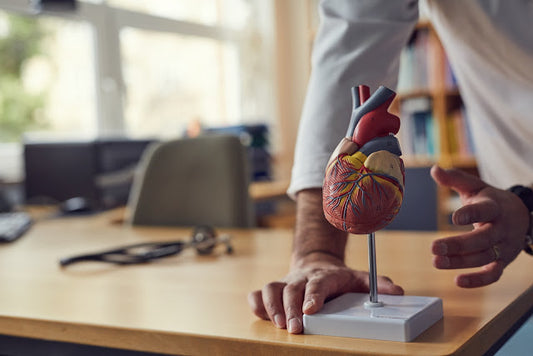
The heart model's place in teaching & expla...
Teachers, professionals and other mediators can easily be challenged when they have to explain the anatomy and diseases of the heart.
The heart model's place in teaching & expla...
Teachers, professionals and other mediators can easily be challenged when they have to explain the anatomy and diseases of the heart.

